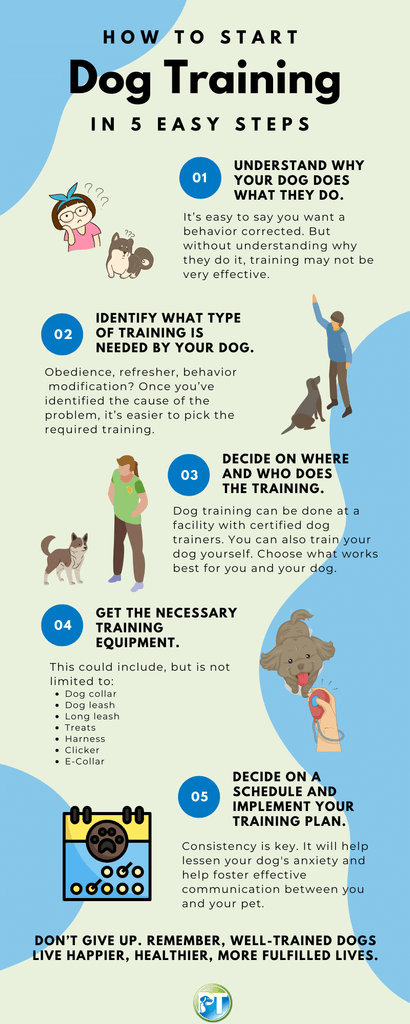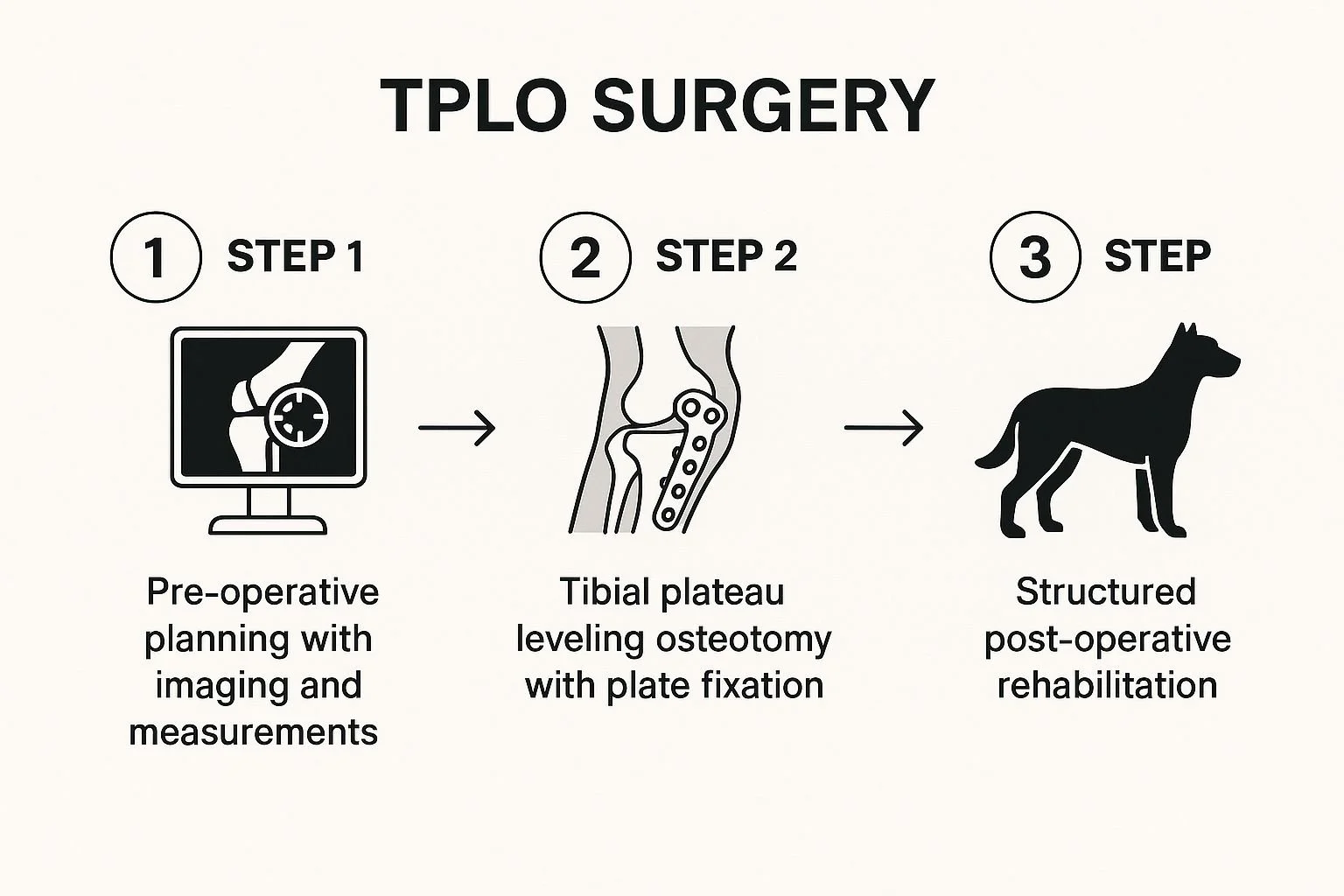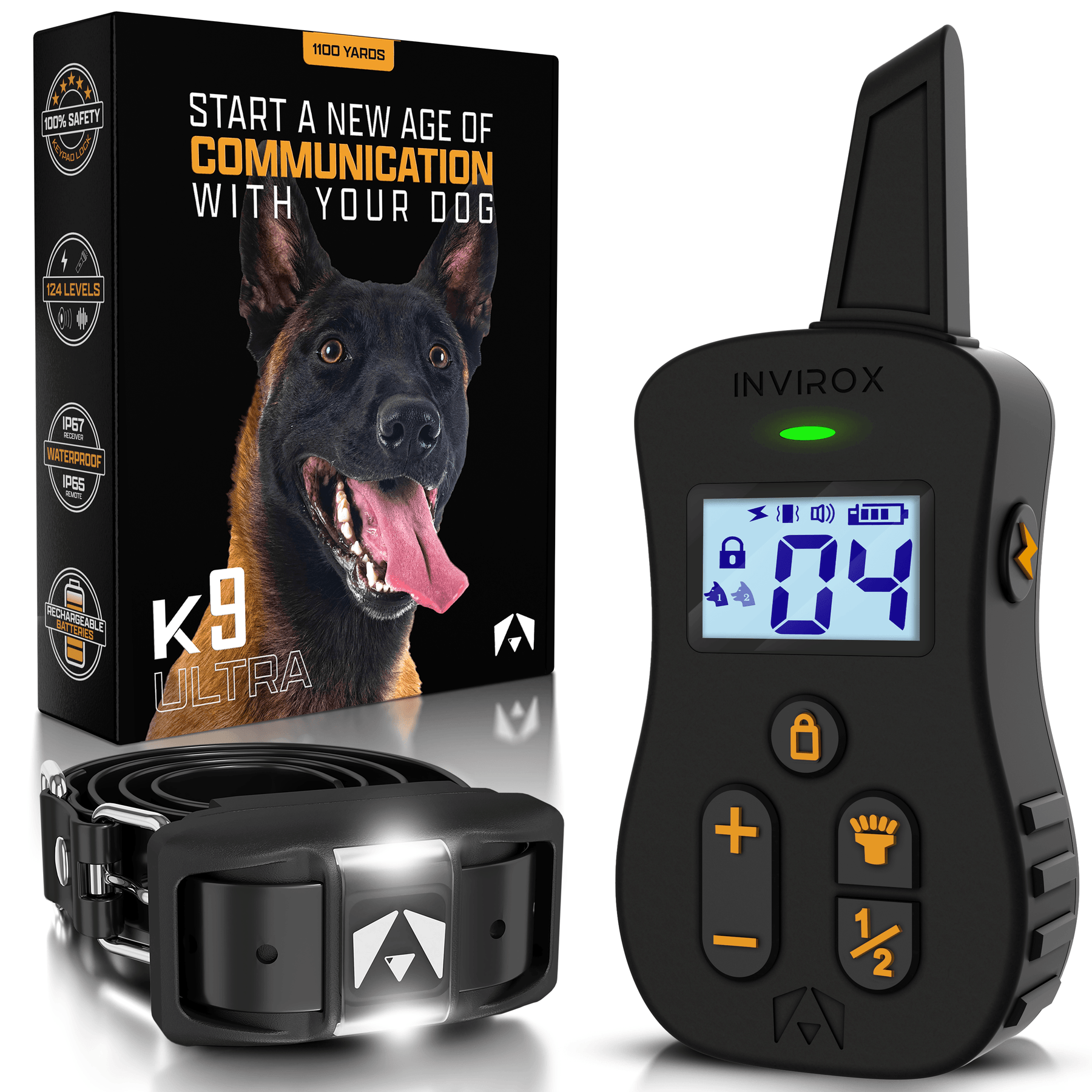Are you struggling with your dog’s aggressive behavior and wondering if a shock collar could be the solution? You’re not alone.
Many pet owners face this challenge and want quick, effective answers. But before you make a decision, it’s important to understand how shock collars work and whether they truly help calm aggressive dogs. Keep reading to discover the facts, learn about the risks, and find out what experts say about using shock collars for aggressive behavior.
This knowledge could change the way you approach training your dog—and help you build a safer, happier relationship.

Credit: www.facebook.com
Effectiveness Of Shock Collars
Shock collars are often seen as a quick fix for aggressive behavior in dogs, but their effectiveness varies widely. It’s important to understand how these devices influence your dog’s behavior and how they compare to other training options. This knowledge helps you decide if a shock collar is the right choice for your situation.
Behavioral Impact On Aggressive Dogs
Shock collars deliver an unpleasant stimulus intended to stop unwanted behavior immediately. Some dogs respond by reducing aggression, but others may become more fearful or anxious. This fear can actually increase aggressive behavior, creating a cycle that’s hard to break.
Your dog’s personality plays a big role. A confident dog might learn to avoid triggers, while a nervous dog might associate the shock with people or situations, worsening aggression. Have you noticed if your dog’s aggression spikes after using a shock collar?
Consistency and timing are critical. If the shock comes at the wrong moment, your dog may not connect it to the aggressive behavior, making the collar ineffective or confusing. This often leads to mixed results and frustration for both you and your dog.
Comparison With Other Training Methods
Compared to shock collars, positive reinforcement training focuses on rewarding good behavior rather than punishing bad behavior. This method builds trust and encourages your dog to repeat calm, non-aggressive actions.
- Positive reinforcementhelps reduce aggression by reinforcing the behaviors you want, like sitting calmly or walking without lunging.
- Behavioral modificationtechniques, such as desensitization and counter-conditioning, target the root cause of aggression rather than just suppressing symptoms.
- Professional trainingoften combines several methods, tailoring the approach to your dog’s specific needs and temperament.
Shock collars might seem faster, but they don’t teach your dog what to do instead of being aggressive. Are you willing to invest time in training that builds a lasting, positive relationship with your dog?
How Shock Collars Operate
Understanding how shock collars operate is key to deciding if they are suitable for managing aggressive behavior in dogs. These devices deliver controlled stimuli to get your dog’s attention or discourage unwanted actions. Knowing their inner workings helps you use them effectively and ethically.
Mechanism Of Action
Shock collars work by sending an electric stimulus through the collar to your dog’s neck. This stimulus is meant to interrupt undesirable behavior, such as aggression, by creating an unpleasant but safe sensation.
The intensity of the shock can usually be adjusted. This allows you to tailor it to your dog’s sensitivity, avoiding unnecessary discomfort.
Some collars combine this with sound or vibration warnings before delivering the shock. These signals give your dog a chance to stop the behavior before feeling the stimulus.
Have you noticed how your dog reacts to sudden noises or vibrations? Shock collars rely on similar reactions to redirect attention quickly.
Types Of Shock Collars
- Static Shock Collars:Deliver a mild electric shock when triggered. Often used to correct behavior immediately after it occurs.
- Vibration Shock Collars:Emit vibrations instead of shocks or alongside shocks as a warning. Useful for dogs sensitive to electric stimuli.
- Sound and Shock Combination Collars:Produce a sound alert before the shock to warn your dog. This step helps your dog associate the sound with the need to stop the behavior.
- Remote-Controlled Shock Collars:Allow you to deliver shocks manually via a remote. This gives you control over timing, which can be effective for training but requires careful use.
Knowing these types can help you choose the right collar for your dog’s temperament. Have you tried any type before? How did your dog respond to it?
Pros And Cons Of Shock Collars
Shock collars have sparked much debate among dog owners and trainers. These devices deliver an electric stimulus to the dog’s neck. The goal is to reduce aggressive behavior by discouraging unwanted actions. Understanding the pros and cons helps owners make informed decisions.
Potential Benefits
- Can quickly stop aggressive outbursts in some dogs
- Offers remote control for training at a distance
- May help in situations where other methods fail
- Allows consistent correction immediately after misbehavior
- Can be adjusted to different intensity levels for safety
Risks And Ethical Concerns
- May cause pain, fear, or anxiety in dogs
- Can worsen aggression if used incorrectly
- Risk of damaging the dog-owner bond
- Some dogs become desensitized, reducing effectiveness
- Ethical questions about causing discomfort for training
- Not suitable for all dogs, especially sensitive breeds

Credit: www.popsci.com
Alternatives To Shock Collars
Shock collars might seem like a quick fix for aggressive behavior, but they often lead to more problems than solutions. Luckily, there are effective alternatives that focus on building trust and understanding between you and your dog. These options not only improve behavior but also strengthen your bond in healthy ways.
Positive Reinforcement Techniques
Positive reinforcement rewards your dog for good behavior instead of punishing bad actions. Using treats, praise, or playtime encourages your dog to repeat desirable behaviors.
For example, if your dog stays calm when meeting new people, immediately give a treat or affection. Over time, your dog learns that calmness leads to rewards, making aggressive reactions less likely.
Have you noticed how your dog responds better to kindness than to fear? This method taps into natural learning patterns, making training more effective and less stressful.
Professional Training Options
If you feel overwhelmed, a professional trainer can offer tailored guidance. Trainers with experience in aggression understand the root causes and use safe, proven methods to manage and reduce aggressive behavior.
Look for trainers who use reward-based techniques and avoid intimidation or punishment. Their expertise can save you time and frustration, while keeping your dog’s well-being a priority.
Would you consider working with a trainer who helps you read your dog’s body language? This insight can prevent aggressive episodes before they start, creating a safer environment for everyone.
Expert Opinions On Shock Collars
Experts offer varied opinions on using shock collars for aggressive dogs. Their views help us understand the risks and benefits clearly. Knowing what professionals say guides better choices for dog training.
Veterinary Perspectives
Many veterinarians warn about the physical harm shock collars can cause. They note risks like burns, pain, and increased stress in dogs. Some vets say these collars may worsen aggression instead of fixing it.
Veterinarians often suggest safer, positive training methods. They focus on building trust and calm behavior without fear. These experts recommend consulting a vet before using any aversive tool.
Animal Behaviorists’ Views
Animal behaviorists mostly advise against shock collars for aggressive dogs. They explain that pain-based tools can create fear and anxiety. This fear may lead to more aggressive reactions from the dog.
Behaviorists promote reward-based training techniques. These methods encourage good behavior through treats and praise. They believe positive reinforcement helps dogs learn better and stay calm.
Case Studies
Examining real-life case studies sheds light on whether shock collars truly help manage aggressive behavior in dogs. These stories reveal practical outcomes and offer insights that go beyond theory. By looking at both successes and failures, you can better decide if this tool fits your dog’s needs.
Success Stories
Many dog owners report positive changes after using shock collars carefully and responsibly. One owner shared how their Pit Bull, known for sudden lunges at strangers, calmed noticeably after consistent training with a low-level shock collar. The key was pairing the collar with positive reinforcement, like treats and praise.
Another case involved a German Shepherd who showed aggression during walks. The owner used the collar to interrupt aggressive lunges early, which helped the dog learn self-control over several weeks. The owner emphasized patience and gradual training, avoiding harsh shocks.
These examples suggest shock collars can work when used thoughtfully. But are you ready to invest time and stay consistent with training to see results?
Instances Of Failure
Not all stories end well. Some owners noticed increased anxiety or fear in their dogs after using shock collars, which made aggression worse. One owner’s Labrador began hiding and showing signs of stress, indicating the collar was causing harm rather than help.
Another case involved inconsistent use of the collar, leading to confusion for the dog. Without clear timing or explanation, the dog couldn’t connect the shock to its behavior, resulting in frustration and aggression spikes.
These failures highlight risks when shock collars are misused or applied without proper training knowledge. Could alternative methods or professional guidance provide a safer route for your dog’s behavior challenges?
Guidelines For Safe Use
Using a shock collar for an aggressive dog demands careful attention to safety. You must ensure the collar fits correctly and the timing of the stimulus is precise. Doing this protects your dog’s well-being and increases the chances of successful behavior correction.
Proper Fit And Timing
A collar that is too tight can cause pain or skin irritation, while one that is too loose may not deliver the intended signal effectively. Aim to fit the collar snugly but comfortably, allowing two fingers to slide underneath. Check this fit daily, as your dog’s neck size can change with weight fluctuations or growth.
Timing is crucial. Deliver the correction immediately after the unwanted behavior occurs. Delayed responses confuse your dog and reduce the collar’s effectiveness. Think about your own reactions—would you understand the cause of a punishment if it came minutes later?
Monitoring And Adjustments
Observe your dog closely after using the collar. Watch for signs of stress, fear, or discomfort, such as excessive panting, trembling, or avoidance. If you notice these, reduce the intensity or stop using the collar altogether.
Adjust the settings gradually. Start at the lowest level and only increase if your dog does not respond. This approach prevents unnecessary discomfort and respects your dog’s limits. Remember, a shock collar is a training tool, not a punishment device.

Credit: www.petscare.com
Frequently Asked Questions
Do Shock Collars Reduce Aggressive Dog Behavior?
Shock collars can sometimes reduce aggression by interrupting unwanted actions. However, they may cause fear or anxiety, worsening aggression in some dogs. Professional guidance is recommended for safe and effective use.
Are Shock Collars Safe For Aggressive Dogs?
Shock collars can be safe if used correctly and under supervision. Misuse may lead to physical harm or behavioral issues. Always consult a professional trainer before using a shock collar on an aggressive dog.
What Are Alternatives To Shock Collars For Aggression?
Positive reinforcement training, behavior modification, and professional dog trainers are effective alternatives. These methods focus on reward-based learning and building trust, reducing aggression more humanely and sustainably.
How Quickly Do Shock Collars Work On Aggressive Dogs?
Shock collars may show quick results in some cases, but effectiveness varies by dog. Consistent training and patience are essential. Immediate results are not guaranteed and depend on the dog’s temperament.
Conclusion
Shock collars may help some aggressive dogs, but results vary widely. Training and patience remain key to changing behavior. Use tools carefully and with proper guidance. Aggression often needs a gentle, consistent approach. Safety and comfort should always come first.
Consider professional advice before trying any device. Every dog is different and needs respect. A kind hand can achieve lasting results. Choose what suits your dog best.







